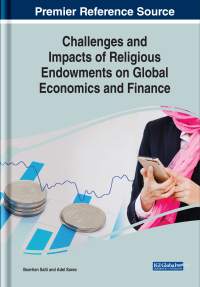Question
B1. (15 marks) Using graphs of the market for reserves, explain and indicate what happens to the cash rate, borrowed reserves, and nonborrowed reserves in
B1. (15 marks) Using graphs of the market for reserves, explain and indicate what happens to the cash rate, borrowed reserves, and nonborrowed reserves in the following situations, holding everything else constant. Note that different starting positions of the graph can result in different results; your answer must cover all potential scenarios.
(a) A big bank has just failed, and many commercial banks are expecting a potential bank panic. (5 marks)
(b) The public increases spending as a result of the end-of-financial-year sale, but the RBA wants to keep the cash rate constant. (10 marks)
B2. (8 marks) Using both the supply and demand for bonds and the liquidity preference framework, show how interest rates are affected when expected inflation increases. Provide labelled graphs to support your answers. Are the results the same in the two frameworks? B3. (12 marks) Suppose that the required reserve ratio is 15%, currency in circulation is $1000 billion, the currency deposit ratio is 0.5, and total reserves are $600 billion.
(a) Calculate the excess reserve ratio, the money supply, and the money multiplier. (6 marks)
(b) Suppose the Central Bank conducts an unusually large open market sale of bonds to commercial banks of $ 200 billion to prick an ongoing housing bubble. Assuming the ratios you calculated in part (a) remain the same, predict the change of the money supply, and the resulting money supply in the market after the sale. (6 marks)
Step by Step Solution
There are 3 Steps involved in it
Step: 1

Get Instant Access to Expert-Tailored Solutions
See step-by-step solutions with expert insights and AI powered tools for academic success
Step: 2

Step: 3

Ace Your Homework with AI
Get the answers you need in no time with our AI-driven, step-by-step assistance
Get Started


